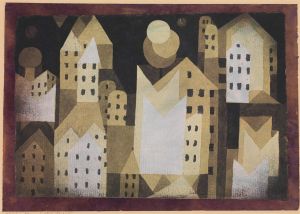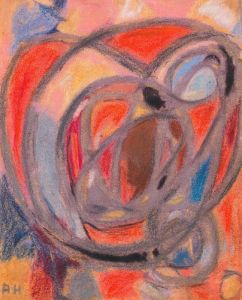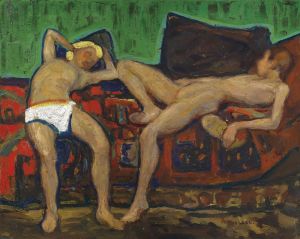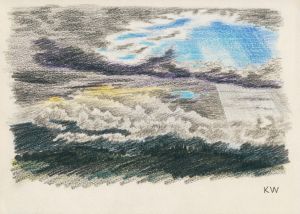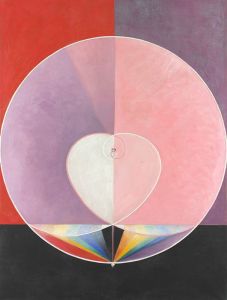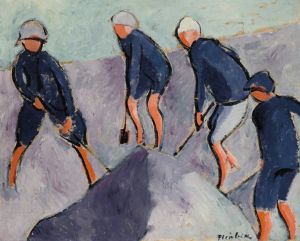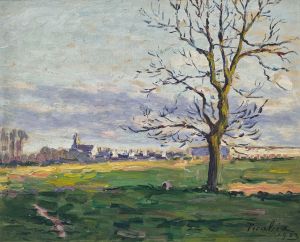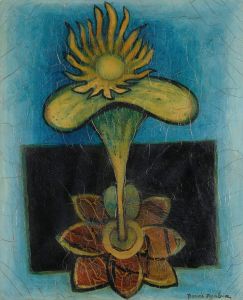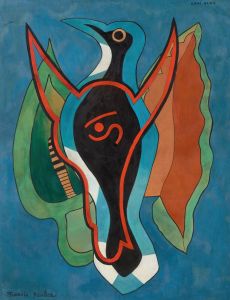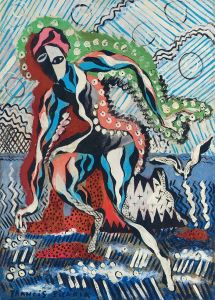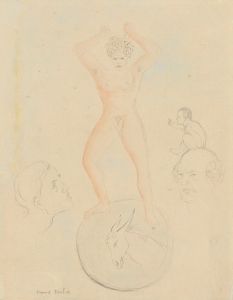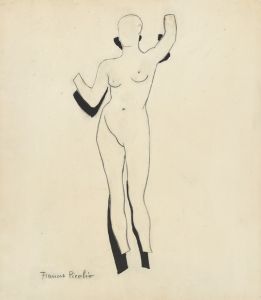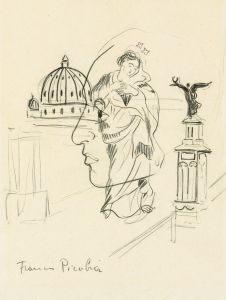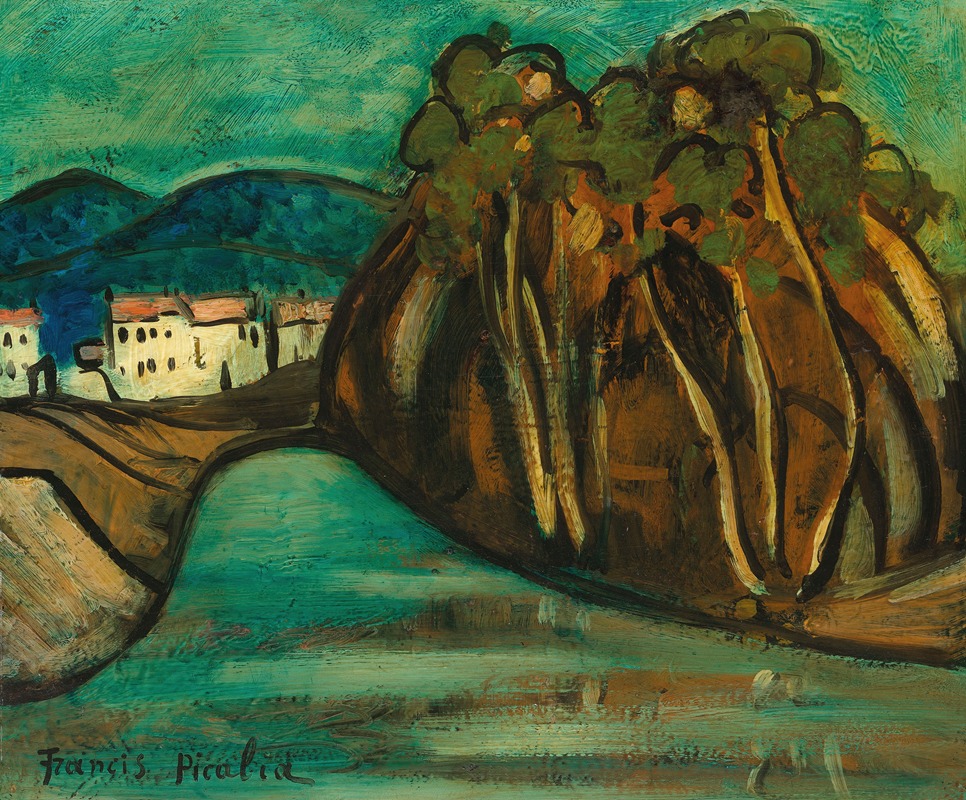
Paysage
A hand-painted replica of Francis Picabia’s masterpiece Paysage, meticulously crafted by professional artists to capture the true essence of the original. Each piece is created with museum-quality canvas and rare mineral pigments, carefully painted by experienced artists with delicate brushstrokes and rich, layered colors to perfectly recreate the texture of the original artwork. Unlike machine-printed reproductions, this hand-painted version brings the painting to life, infused with the artist’s emotions and skill in every stroke. Whether for personal collection or home decoration, it instantly elevates the artistic atmosphere of any space.
Francis Picabia, a French avant-garde painter, is renowned for his diverse artistic styles and contributions to various art movements, including Impressionism, Cubism, Dada, and Surrealism. One of his works, "Paysage," reflects his dynamic approach to art and his ability to transcend traditional boundaries.
"Paysage," which translates to "Landscape" in English, is a painting that showcases Picabia's exploration of form and color. While specific details about this particular painting are limited, it is essential to understand Picabia's broader artistic context to appreciate his work fully.
Picabia was born in Paris in 1879 and began his artistic career in the late 19th century. Initially, he was influenced by Impressionism, a movement characterized by its emphasis on light and color. However, Picabia's style evolved rapidly, and he soon became associated with Cubism, a revolutionary art movement that sought to depict subjects from multiple perspectives.
In the 1910s, Picabia became a central figure in the Dada movement, which emerged as a reaction to the horrors of World War I. Dada artists, including Picabia, embraced absurdity and rejected traditional artistic values. This period marked a significant shift in Picabia's work, as he began to incorporate mechanical and abstract elements into his paintings.
"Paysage" likely reflects Picabia's transition through these various styles, embodying elements of abstraction and a departure from realistic representation. His landscapes often challenge conventional perceptions, using bold colors and geometric forms to convey a sense of movement and energy.
Throughout his career, Picabia was known for his willingness to experiment and his refusal to be confined to a single artistic style. This adaptability is evident in "Paysage," as it captures his innovative spirit and his desire to push the boundaries of traditional art.
Picabia's influence extended beyond his paintings. He was also a writer and editor, contributing to various avant-garde publications. His involvement in the Dada movement and his collaborations with other prominent artists of the time, such as Marcel Duchamp, further solidified his place in art history.
In the later years of his career, Picabia continued to explore new artistic avenues, including Surrealism. His work during this period often featured dreamlike imagery and explored themes of sexuality and identity.
While specific information about "Paysage" is limited, understanding Picabia's broader artistic journey provides valuable insight into the painting's significance. His ability to adapt and innovate across different movements and styles makes him a pivotal figure in the history of modern art.
Francis Picabia passed away in 1953, leaving behind a legacy of artistic experimentation and a body of work that continues to inspire and challenge viewers. "Paysage," like many of his paintings, serves as a testament to his enduring impact on the art world.





